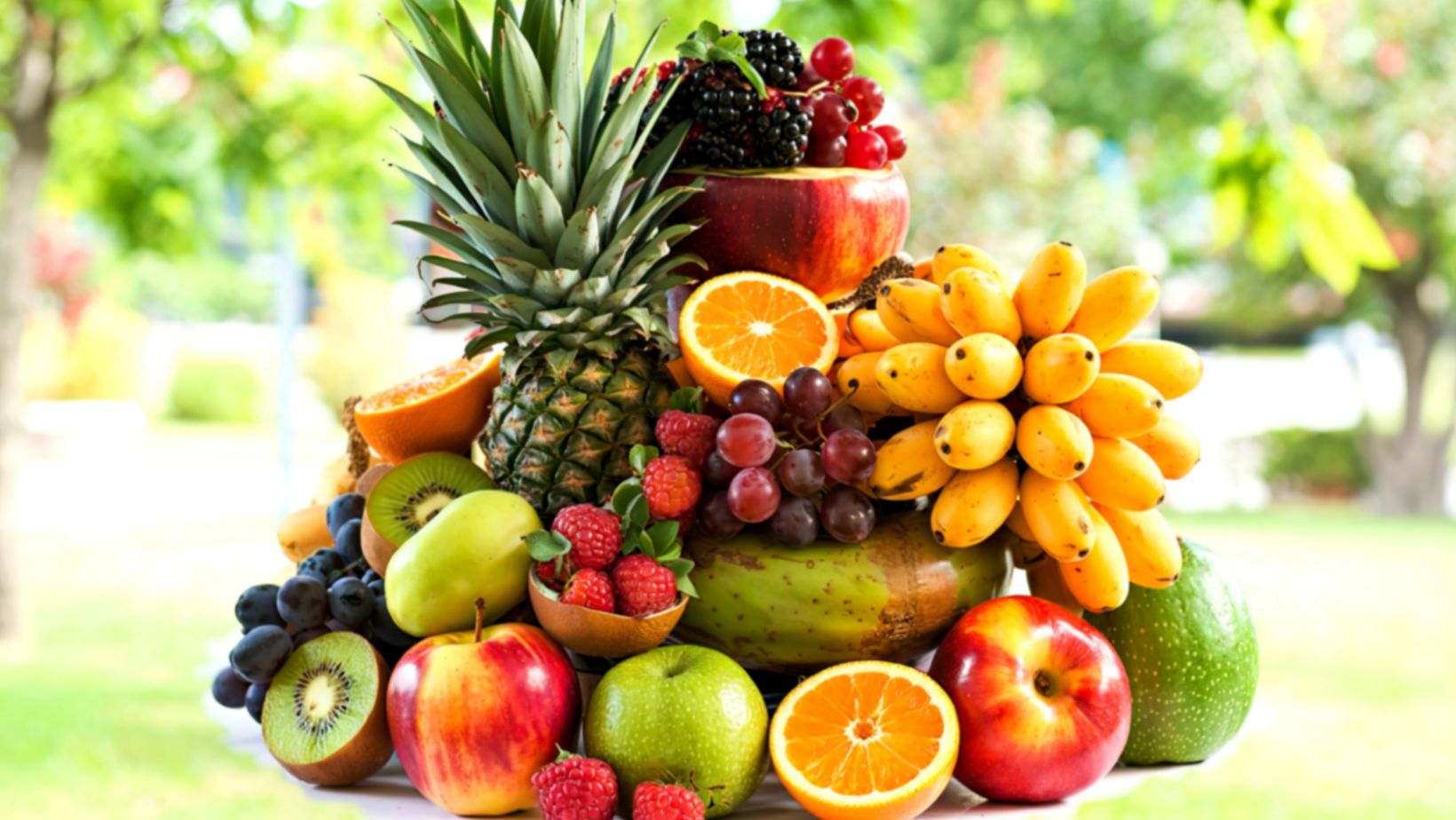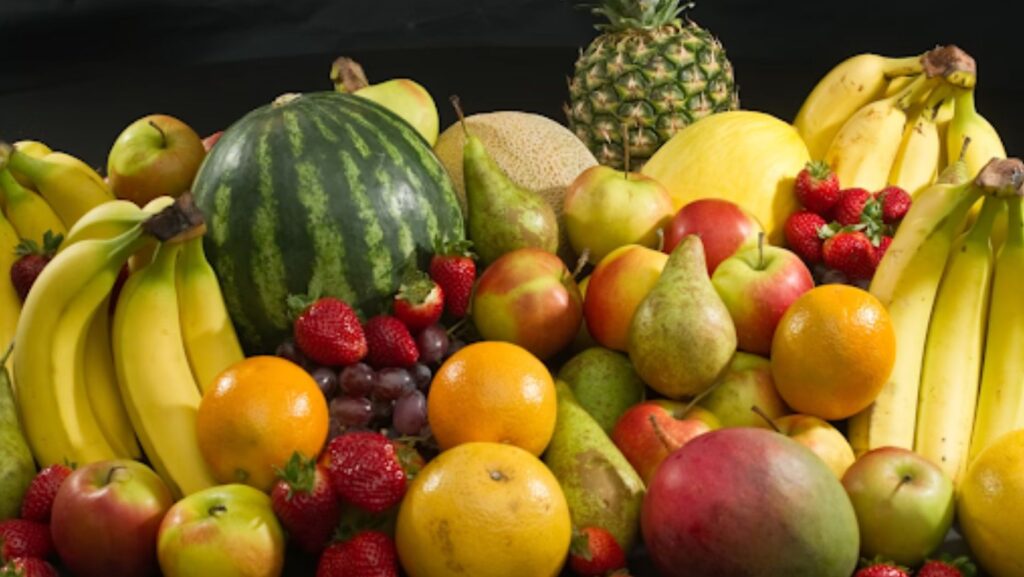How to stop throwing away rotten produce in your kitchen?
Millions of households each week do this. They head to the supermarket and buy fruits and vegetables. But instead of eating them, that produce ends up rotting in their fridge. It’s such a waste.
Now think about this…
Between all the food that is bought and thrown away (usually due to spoiling) 30-40% of the food supply in the US is going to waste. Four out of every ten dollars that the average household spends on food is used to buy food that is not going to be consumed. You would not believe the massive amount of perfectly good food that ends up rotting away!
The good news?
Identifying the right spots for sourcing good quality produce is very simple. There are a couple of basic tricks that anyone can use to know how to choose the ripest and tastiest fruits and vegetables every time.
So what is covered?
- Using sight, smell and touch to check freshness
- How sourcing can be the difference
- Ripeness tests for popular produce categories
- Storage hacks that actually work
How Do I Tell If Produce Is Fresh
Fresh starts with knowing where and what to look for.
One of the big problems I see with most people is that they just focus on appearance. But assessing freshness is more than just looks. Professional fruit and veg wholesalers use specific techniques to evaluate produce quality before it hits their shelves. The same methods work just as well for home shoppers looking to source good-quality produce.
Visual inspection is a good start. Look for consistent color for the particular variety. Stay away from produce that has any bruising, soft spots or discolouration. But don’t be fooled by perfection… Some of the tastiest looking produce may have minor cosmetic blemishes.
Touch is the next test. Gently squeeze fruits and vegetables. Most produce should have some give but not be squishy. Check that leafy greens feel crisp and not limp.
Now something a lot of people forget… Smell is important too. Ripe fruits and veggies should have a natural sweet smell. If melons or peaches or squash smell like nothing at all, then they are not ripe yet.
Why Sourcing Matters
Fresh starts a long way before the supermarket shelf.
Believe it or not: a tomato that was picked yesterday at a local farm is worlds away in taste and quality from one that has traveled thousands of miles. The shorter the farm to fork journey, the more nutrients and taste that will remain in your produce when it gets to your table.
Local sourcing is a big advantage. Fruit and vegetables can be harvested at peak ripeness knowing that they will not need to survive a long journey before arriving at their destination. Better taste, higher nutrients and a longer shelf life in your home as a result.
Seasonal produce is also king. In-season fruits and vegetables that are at their natural time of the year to be grown just taste better and cost less. No use of expensive artificial greenhouses and no shipping from the other side of the world.
And the best bit… Seasonal produce is nutritionally superior with higher concentrated levels of vitamins and minerals.
The Quick Ripeness Test By Category
Each type of produce needs slightly different ripeness tests.

Here is exactly what to look for…
- Stone fruits like peaches, nectarines, apricots and plums should have some softness near the stem when gently pressed. Smell sweet and fragrant. Avoid any with green tinges as this means that they were picked too early.
- Berries should be plump and firm with consistent colour. Check the base of the container for any crushed or mouldy fruit. If berries are staining the bottom of the container, they are overripe. Remember… berries do not continue to ripen once picked.
- Melons use the knock test. Use your knuckles and tap the melon. A ripe watermelon sounds hollow inside. Cantaloupes should feel heavy for their size and have a sweet smell at the stem end.
- Leafy greens should have crisp leaves that look vibrant and firm to the touch. Avoid any that are wilted or have slimy leaves. Any brown edges means the produce is old stock.
- Root vegetables should have firm feel with no soft spots. Carrots, potatoes and beets can still be sweet and juicy even though they have been harvested for months at a time.
- Citrus fruits follow one rule… the heavier they are, the juicier they are. Pick up oranges and lemons and take the heaviest ones.
What Do Those Confusing Date Labels Mean?
This is one that costs most people hundreds of dollars a year…
Over 80% of Americans throw away perfectly good food because they have a total misunderstanding of expiration labels on food. Those ‘sell by’ and ‘best by’ labels on food are about quality – not safety.
“Best By” dates simply refer to when the food will be at its peak quality. The food will still be safe to eat after this date if stored correctly. Check for visual spoilage and use senses of smell and touch to determine if it is still good to eat.
“Use By” dates are around safety, but are mostly on very perishable items. These matters more than others, especially with meats and dairy products.
Fresh fruits and vegetables typically have no concern over these dates. Fresh food does not usually have ‘expiration’ dates. Use senses over the dates on the package.
Storage Hacks To Extend Shelf Life
Buying quality produce is only half the battle to make it last.
The way it is stored at home will determine just how long it will stay fresh. Not all produce should be refrigerated. Tomatoes, avocados, stone fruits and bananas all lose flavor when kept cold. Keep these counter top until ripe, then only refrigerate to slow further ripening.
Separate ethylene producing from ethylene-sensitive produce. Certain fruits and vegetables like apples, bananas and tomatoes all give off ethylene gas that makes nearby produce ripen faster. Store them away from leafy greens, broccoli and carrots.
Moisture control is also key to early spoilage. Line vegetable drawer trays with paper towels to absorb any excess moisture. For leafy greens, wrap in a damp cloth before refrigerating.
Did you know this little secret… Store herbs like flowers. Trim the stems and put in a glass of water on the counter (for basil) or in the fridge (for parsley, cilantro and others). Herbs will stay fresh for weeks not days.
Root vegetables like dark, cool places. A pantry or even basement is preferable to a fridge for potatoes, onions and garlic. Just keep the onions and potatoes stored separately from each other – they produce moisture that causes each other to go bad faster.
Shopping Strategies To Use
Shopping approach is just as important as selecting skills.
Shop the perimeter first where fresh produce is displayed. The outer areas of a supermarket have higher turnover and typically the freshest items.
Shop at the right time. Early morning will give you the freshest produce at the supermarket and especially the farmers market. Grocery stores often restock overnight, so get in early to get first pick.
Ask questions. Supermarket staff and farmers know their stuff. They should be able to tell you when items arrived and what is best tasting/flavor at the moment.
Buy only what will be used. Its tempting to overbuy but fresh produce has a limited life. One week’s worth is usually the sweet spot.
Wrapping this up
Buying ripe and tasty looking produce is not about perfection. It is knowing what to look for.
Start with the senses. Sight, touch and smell are your allies in assessing quality. Shop seasonally and locally where possible for the best taste and value. Source from retailers that know and care about freshness and proper produce handling.
Store produce properly to make it last as long as possible. Keep ethylene producers separate, control moisture and respect the temperature preferences for different types.
Implementing these strategies means that less food will be wasted, more money saved, and meals will taste better. Now go forth and pick the best produce on the shelf!
